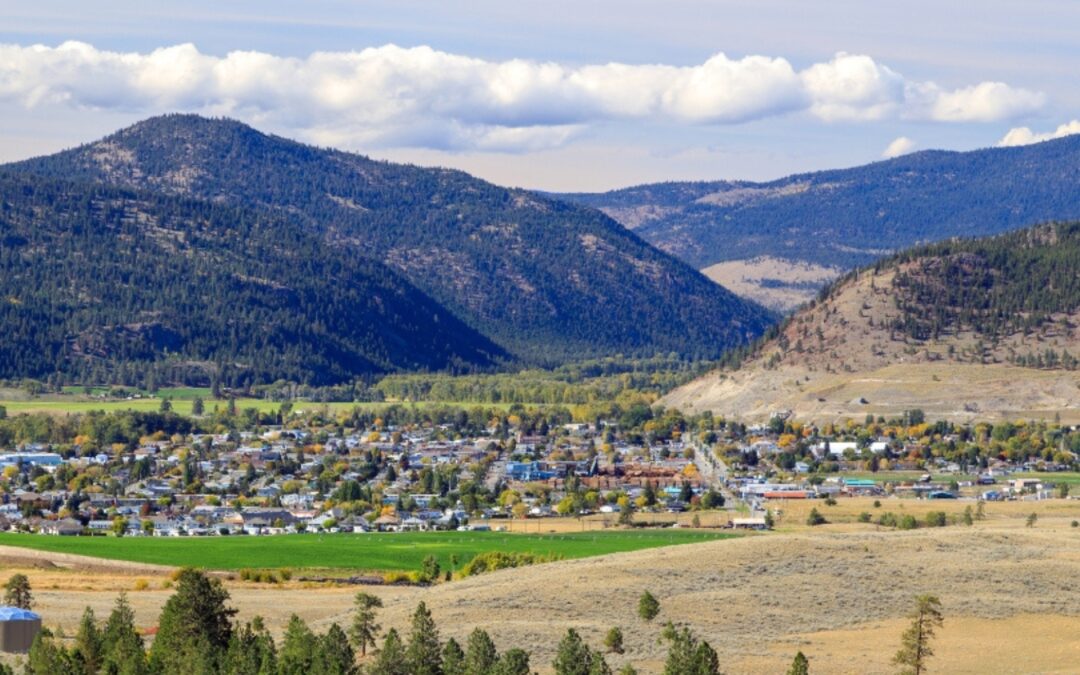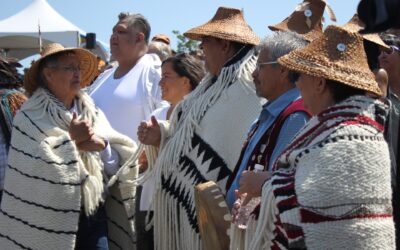Rebecca Innes Consulting
Case Study
Cold Water Indian Band
Rebecca Innes Consulting
Case Study
Coldwater Indian Band
Case Study Interviewee
Laura Antoine is a member of the C’eletkwmx (Coldwater People) who belong to the Nlaka’pamux Nation. She has worked for her community, the Coldwater Indian Band, since 1987. Elders encouraged her to apply for the role of Band Administrator and she took the position in 2011. She has also been the Deputy Fire Chief for her community since the early 1990s.

Band Administrator, Deputy Fire Chief, and Backup Indian Registration/Administrator, Coldwater Indian Band
Key Outcomes
- 925 community members are better prepared for disasters thanks to the Hazard, Risk, and Vulnerability Analysis (HRVA) insights
- Working with Rebecca Innes Consulting (RIC) saved the Coldwater Indian Band over 6 months of work and overtime hours
- The HRVA highlights risk across the reserve including 130 homes, essential community spaces and roads, and the Coldwater River ecosystem
- RIC helped secure funding for the HRVA project as well as additional funding to improve the community’s Emergency Management Plan (EMP)

A Thriving Indigenous Community Getting Ready for Growth
In light of intense flooding in 2021, the Coldwater Indian Band knew they needed to improve their preparedness strategies. They needed more effective planning to support their growing community, protect important cultural assets, and ensure resilience in their local ecosystems.
Limited Capacity for Preparedness Planning
Like many Indigenous leadership teams, Coldwater Indian Band’s Chief and Council and Band Administration wear many hats. They needed extra support to complete preparedness initiatives for their community amidst increasingly frequent disasters.
HRVA Expertise, In-Depth Research, and Community Engagement
Having engaged RIC to help with a post-disaster needs assessment and recovery plan in 2021, Coldwater Indian Band chose to partner with the team again to conduct an HRVA and create a report that their community could use as a tool for emergency planning and communication.
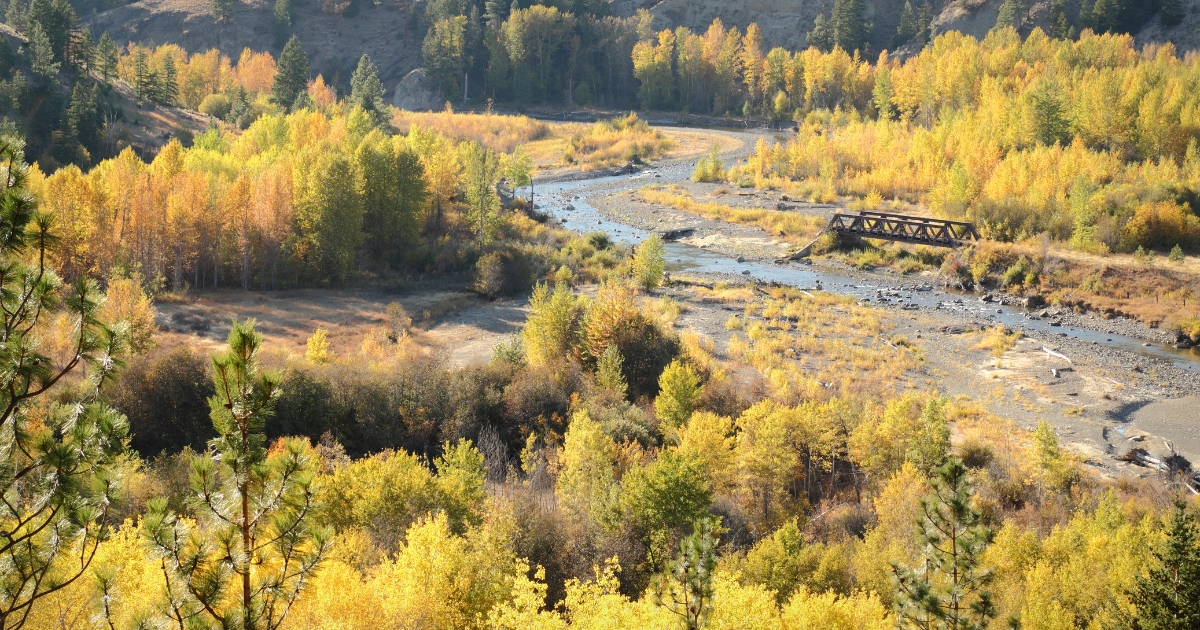
A Growing Band Focused on Nurturing their Community and Land
The Coldwater Indian Band is based on the Coldwater Reserve, located in the Nicola Valley about 15 kilometres south of Merritt, British Columbia. The reserve also includes residential areas in Paul’s Basin, about 7 kilometres further south.
The region has been hit hard by various disasters in recent years, including fires and severe flooding due to an atmospheric river in 2021. In light of these disasters and the region’s increased risk, protecting the community is top-of-mind for Band Administrator and Deputy Fire Chief Laura Antoine and the Band members who call the valley home.
Coldwater Reserve supports a growing community of over 1,000 members with a diverse mix of families. At the heart of the reserve is the Nc’?etk?u Band School, an important hub for preserving the Nlaka’pamuxcin language, passing down traditional knowledge, and bringing the community together.
In addition to the homes and administration buildings on the reserve, the area is home to vital natural habitats, and a biodiverse community of plants and animals that are culturally and spiritually significant to the Band.
The Coldwater River runs the length of the reserve and is home to salmon, who are vulnerable to the increasing summer temperatures in the area. The region also has stands of Douglas fir and plays host to important populations of mountain caribou and goats, Williamson’s sapsucker, the flammulated owl, coastal tailed frogs, badgers, and
grizzly bears.
“I would recommend RIC, and Rebecca herself, because she is very respectful. She never judged our team or community members, she respected our authority. She was always there to assist and to provide feedback.”
Overburdened Band Administration
Over the last few years, the Coldwater Indian Band’s population has been steadily increasing, posing new challenges for emergency preparedness. With rising concerns about keeping the community safe, Laura and her team have worked hard to prioritize planning for future disasters.
As is the case in many Indigenous communities, the leadership team on the Coldwater Reserve is very small. More often than not, each member must take on multiple roles. When they don’t have a dedicated emergency management specialist, Laura and her team do the work off the side of their desks.
Managing the 2021 flooding was a demanding project that left many team members burnt out as they grappled with the damage and psychological aftermath of the disaster. Laura knew she needed extra support around emergency management and preparedness planning given the limited bandwidth of her team.
“When you’re a Band Administrator, you wear a lot of hats,” she says. “Sometimes you can only scratch the surface of all the important things that need to be done.”
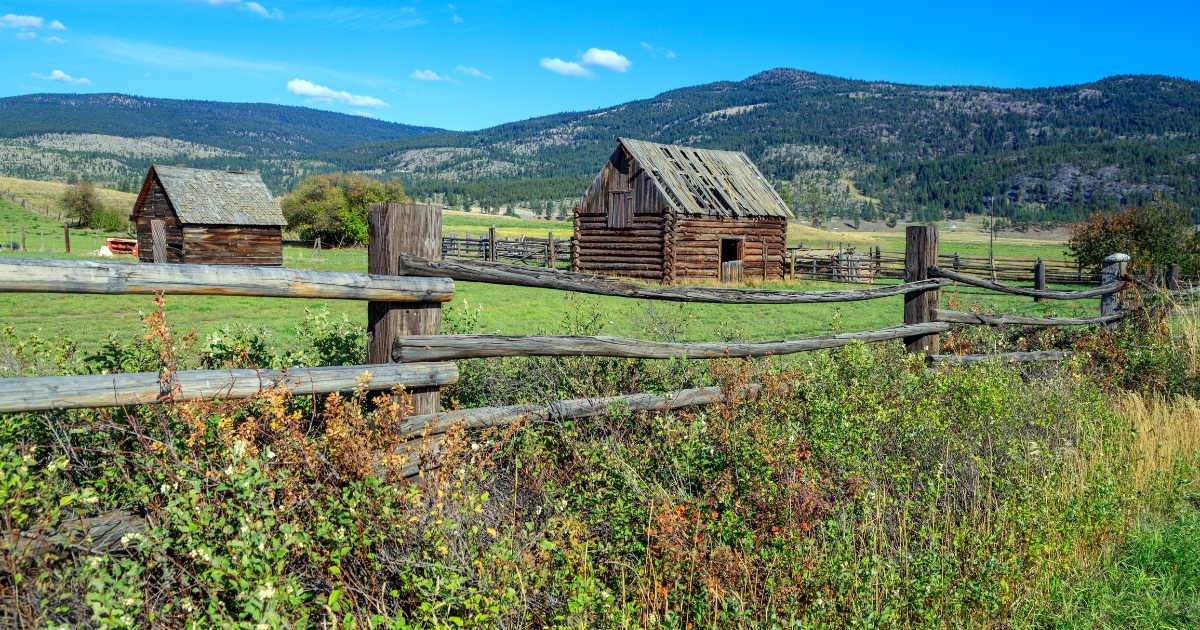
Continuing a Collaborative, Trusting Partnership
The Coldwater Indian Band had previously engaged Rebecca Innes Consulting (RIC) for a post-disaster needs assessment and recovery plan in the wake of the 2021 floods. After a positive experience with the firm, the Band decided to hire RIC again to support their ongoing emergency preparedness efforts.
RIC proactively identified that the Band could improve preparedness through a Hazard, Risk, and Vulnerability Analysis (HRVA) and that opportunities existed to secure extra funding to complete the HRVA.
“I appreciated Rebecca coming along again because she has a background in doing HRVAs,” Laura says. “She knew the questions to ask and, because she’s been with us for so long, she could see where we needed to improve.”

A Report Tailored to the Community’s Unique Needs
To initiate the HRVA project, RIC helped the Band put together a grant proposal to secure funding. Once the Band received the grant, RIC worked closely with Band Administration and community members to conduct a thorough analysis of the hazards and risks in the Coldwater community that mattered most to residents.
“I wanted to make sure we set aside time to have community members come in and provide input. Rebecca let our team lead the organization of community engagement,” says Laura. “Even though people went off topic, Rebecca gave them that extra time to share. She did a great job interpreting what community members were saying and putting it into the HRVA.”
The HRVA highlights issues that may not pose risks for years to come and clarifies their impact. For example, the Coldwater community had concerns about whether they were in the path of potential lava flow as the area is part of the Garibaldi Volcanic Belt. Through in-depth research, RIC found that lava flow likely won’t affect the community but they do need to prepare for hazards like falling ash and earthquakes should an eruption occur.
The report also takes into account details about the area outside of the reserve that could impact the community in the event of a disaster. Four major highways surround the Reserve, including the Coquihalla. In the future, the Band may need to plan to allow evacuation traffic through Coldwater Road—the only route that gives them access to grocery stores and gas stations in Merritt.

Additionally, RIC made sure the language in the report was accessible, clear, and relevant. “Rebecca took some of the technical concepts out while meeting the requirements for an HRVA,” Laura says. “She changed some of the wording to make it more applicable to reserves. She also explained how the community’s feedback was incorporated into the report to those who participated in our discussion.”
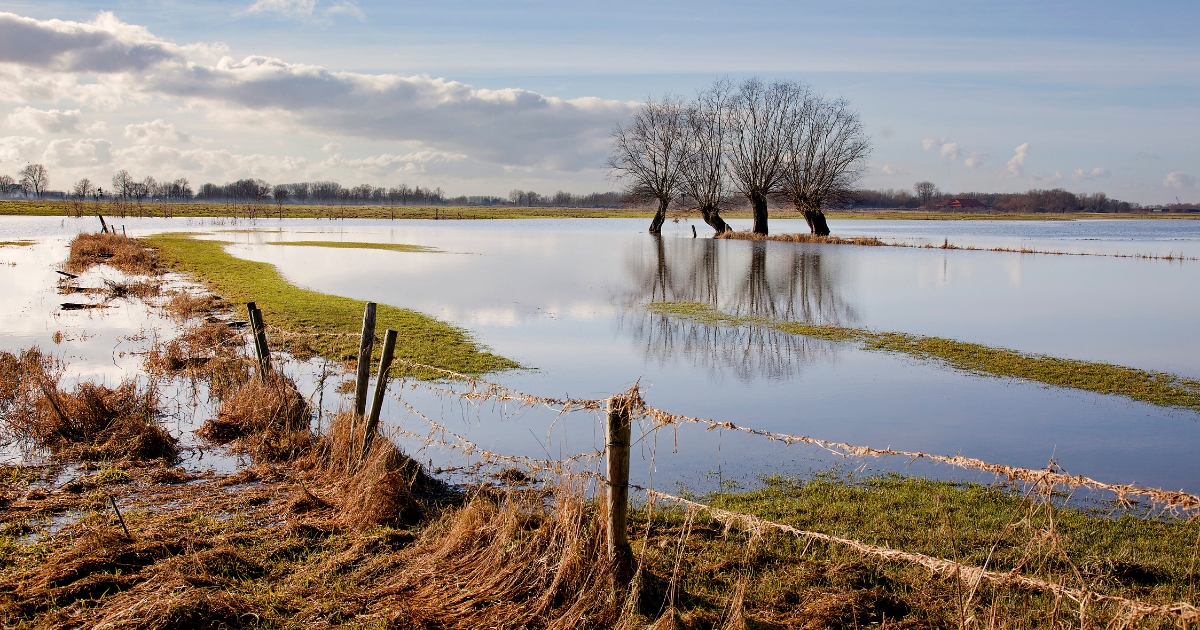
Expanding Administration Capacity and Improving Emergency Management
The HRVA uncovered risk across the community, including over 130 homes, essential community spaces, critical roadways, and the Coldwater River ecosystem. With the HRVA insights, Laura, her team, and Chief and Council are empowered to get their community of over 925 Band members ready for disaster.
“The HRVA has given us an increased awareness of what we need to do and helped us refocus on the areas that need to be a priority. It’s showing us where we still have gaps,” Laura says.
With the HRVA in hand, RIC helped the Band apply for and secure additional funding to update their Emergency Management Plan (EMP). RIC will continue to work with Laura and the team as they make improvements to their EMP to get the community ready for potential disasters in the short- and long-term.
In addition, working with RIC on the HRVA project—rather than completing it themselves—saved the Coldwater Indian Band Administration team six months of work and overtime hours.
“Working with RIC keeps us from getting burnt out because they take on a lot of the emergency management tasks we need support with,” says Laura. “Rebecca and her team prioritized asking questions and getting feedback from our community that helped us improve everything in our emergency management strategy. She brings a new perspective, and she can keep us on track and focused on our goals.”
Curious to learn more?
Contact Rebecca Innes Consulting (RIC) to learn more about our emergency and disaster management solution services.
RIC BLOGS
Supporting Disaster Preparedness in Indigenous Communities
Indigenous Peoples are disproportionately affected by disasters like floods and wildfires. As weather patterns shift and annual disaster seasons become the norm, the effects of climate change on Indigenous communities in Canada are becoming more severe. In 2023, over...
Four Common Gaps in Root Cause Analysis Methods in After Action Reports
Each community disaster is a learning opportunity. As disasters become more frequent, leaders need a system to assess what happened and how to improve. This will help strengthen their disaster preparedness plans for the future. Completing an incident analysis and...
When to Hire an Emergency Preparedness Planning Expert
Emergency preparedness planning is essential for communities as the risk of experiencing disaster increases. Events such as wildfires, flooding, and extreme weather are now regular occurrences in communities across Canada. The continued expansion of industrial...
Disability and Disaster Management
In an emergency, no one should ever be left behind. Emergency response plans must be inclusive and provide strategies for supporting every individual in your community—including those with disabilities. When it comes to disability and disaster management, most of the...
Crisis Leadership During a Community Disaster
Effective leadership during a crisis is multifaceted. The crisis leadership style that works for one type of community may not work for another. This is why emergency management teams must tailor crisis leadership training and guidance to the needs of the people...
Four Barriers to Community Disaster Resilience
Long-term community disaster resilience hinges on effective leadership, teamwork, and project management. In the wake of a disaster, individuals across organizations, levels of government, and industry sectors as well as members of the community itself must work...
What is a Disaster Recovery Framework?
A disaster recovery framework outlines your community’s plans for long-term resilience in the wake of an emergency such as a fire, flood, severe weather, or chemical spill. Disasters disrupt many interconnected parts of a community—from infrastructure to essential...
How to Take a Holistic Approach to Your Disaster Recovery Plan
Emergency preparedness and recovery planning create stronger communities that are more resilient to the impacts of disaster. However, to see the benefits of a disaster recovery plan, emergency managers need to take a holistic approach to their risk assessment,...
What it Means to Build a Disaster-Resilient Community
Resilience doesn’t look the same for every community. Those in rural areas have different resources, needs, and cultural values than communities in urban centres. Indigenous communities have important traditional relationships with the land they live on, which also...
Three Critical Oversights in Emergency Planning
Effective response by an emergency management organization (EMO) is dependent on strong relationships. Emergency planning involves a highly complex network of organizations, businesses, teams, and individuals. Successfully planning for emergencies caused by disaster...

